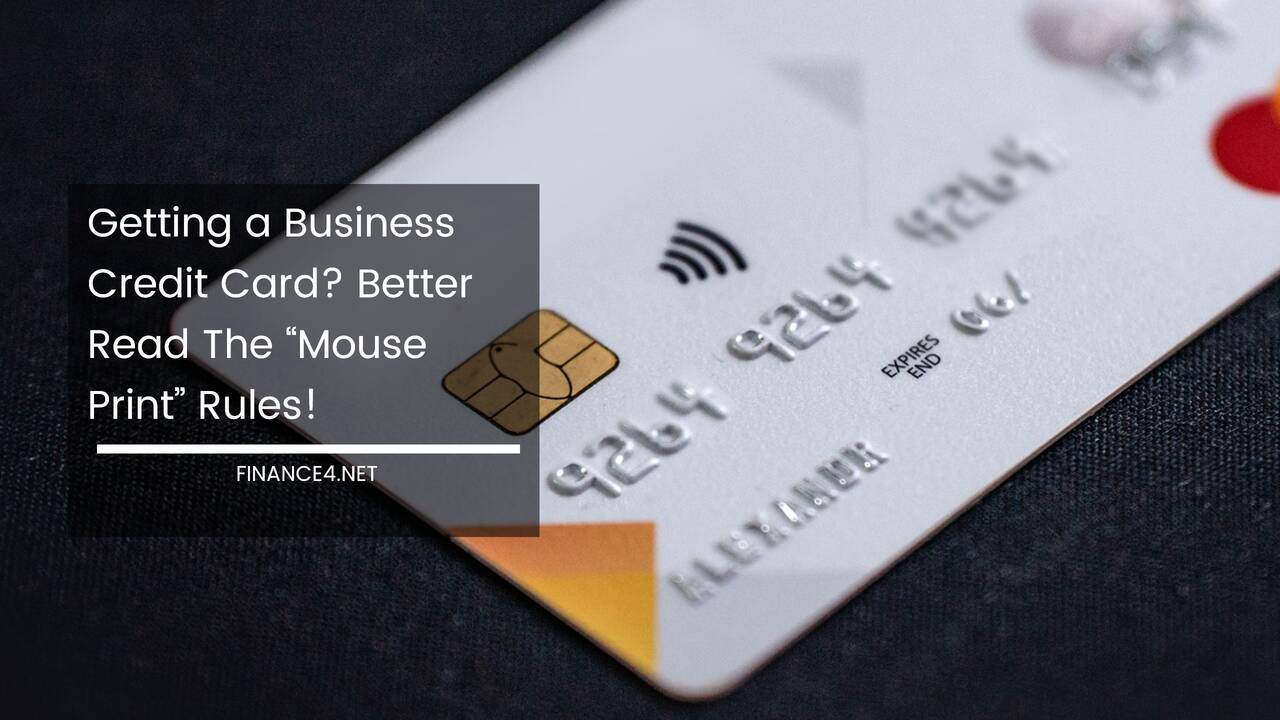How You Can Get Rid of Student Loan Debt in Chapter 7 Bankruptcy

Discharging Student Loan Debt Through Chapter 7 Bankruptcy: A Last Resort
The Crushing Weight of Student Loans:
Student loan debt in the United States has ballooned into a national crisis. Millions of individuals grapple with the burden of these loans, hindering their ability to achieve financial independence and impacting their overall well-being.
While complete elimination through Chapter 7 bankruptcy is seldom a viable solution, understanding the process and its limitations empowers individuals to explore all available options for managing this overwhelming debt.
Chapter 7 Bankruptcy: A General Overview:
Chapter 7 bankruptcy provides a legal avenue for individuals facing insurmountable debt. This process entails the liquidation of non-exempt assets by a court-appointed trustee.
The proceeds from the sale are then distributed proportionately amongst creditors to partially satisfy the outstanding debts. Upon completion, the remaining debts are typically discharged, offering the debtor a clean slate and a chance to rebuild their financial situation.
Limited Applicability to Student Loans: A Legislative Roadblock
It’s crucial to recognize that Chapter 7 bankruptcy wasn’t primarily designed to address student loan debt. In most instances, these loans are not dischargeable through this process.
This distinction stems from the government’s prioritization of ensuring continued access to higher education funding by safeguarding the repayment of educational loans.
The Narrow Exception: Proving “Undue Hardship”
A narrow exception exists where student loan debt might be forgiven in Chapter 7. This hinges solely on the debtor’s ability to convince the court that repaying the loans would inflict undue hardship.
The Stringent “Undue Hardship” Test:
The concept of “undue hardship” establishes a legal benchmark with a high threshold for qualification. Debtors must provide compelling evidence demonstrating:
- Long-Term Financial Hardship: This necessitates establishing a long-lasting inability to maintain a basic standard of living for themselves and their dependents, even after devoting a significant portion of their income towards student loan repayments. Mere temporary financial strain wouldn’t suffice.
- Bleak Future Prospects: Debtors need to present concrete evidence that their financial circumstances are unlikely to improve significantly in the foreseeable future. This could involve factors like permanent disabilities, limited employment opportunities due to age or health conditions, or overwhelming medical expenses.
- Good Faith Efforts at Repayment: A documented history of attempted repayments and exploration of alternative repayment options like income-driven plans strengthens the case. Debtors must demonstrate a responsible approach to managing their debt burden.
The Adversary Proceeding: A Separate Legal Battleground
Discharging student loans through Chapter 7 necessitates an additional legal step known as an adversary proceeding. This essentially initiates a lawsuit within the existing bankruptcy case, specifically focused on convincing the court that the student loan debt creates an undue hardship.
The Adversary Proceeding: A Step-by-Step Breakdown
- Filing the Adversary Proceeding Form: This formally commences the legal process within the bankruptcy case, solely dedicated to challenging the dischargeability of student loans.
- Serving the Creditor: Once the form is filed, the Department of Education (for federal loans) or the private lender (for private loans) is officially notified of the lawsuit.
- Gathering Evidence of Hardship: This involves meticulously collecting documented proof substantiating the debtor’s financial circumstances. This evidence could include income statements, detailed expense records, medical bills (if applicable), and any documentation showcasing attempts made to manage the student loan burden.
- Presenting the Case in Court: During a designated court hearing, the debtor, often with the aid of legal counsel, must effectively present their evidence and arguments to persuade the judge that their situation qualifies as “undue hardship.” The judge will then consider the arguments presented by both the debtor and the creditor before delivering a verdict.
Important Considerations: Weighing the Risks and Realities
- The Uphill Battle of “Undue Hardship”: Successfully convincing the court of “undue hardship” is a significant challenge. Legal representation from a qualified bankruptcy attorney specializing in student loans is strongly recommended due to the complexities involved.
- The Time and Financial Investment: Filing for bankruptcy and the adversary proceeding involve court fees, attorney fees, and the potential loss of some assets through liquidation.
- The Credit Score Scar: Bankruptcy filings inflict severe damage on an individual’s credit score, hindering their ability to obtain loans, mortgages, or other forms of credit for an extended period, typically around 7-10 years.
Exploring Viable Alternatives: Beyond the Confines of Chapter 7
While discharging student loans through Chapter 7 bankruptcy remains an unlikely outcome, exploring alternative solutions for managing this debt proves crucial:
Income-Driven Repayment (IDR) Plans:
-
These plans offer flexible repayment options by adjusting monthly loan payments based on the debtor’s income and family size. This can significantly reduce the financial burden, making debt management more manageable.
-
Public Service Loan Forgiveness (PSLF): For qualifying individuals working in specific public service professions, such as teachers, firefighters, and social workers, loan forgiveness might be available after 10 years of income-driven repayments and documented public service employment. PSLF provides a compelling incentive for those pursuing careers in the public sector.
-
Student Loan Consolidation: This option combines multiple student loans into a single loan with a potentially lower interest rate. This simplifies debt management by reducing the number of monthly payments and potentially lowering the overall interest accrued.
-
Deferment and Forbearance: Under certain circumstances, such as financial hardship, temporary unemployment, or pursuing a qualifying higher education program, borrowers may be eligible to temporarily postpone loan payments or reduce their monthly payment amount. Deferment and forbearance offer temporary relief, but the interest on the loan continues to accrue during these periods.
Seeking Professional Guidance:
Navigating the complexities of student loan debt can be overwhelming. Consulting with a financial advisor or credit counselor can be beneficial. These professionals can assess an individual’s financial situation, explore suitable debt management strategies, and recommend the most effective course of action. Additionally, contacting the loan servicer directly can provide valuable information about available options, repayment plans, and potential solutions.
Final Remarks: A Multi-Faceted Approach is Key
While Chapter 7 bankruptcy seldom provides a solution for discharging student loan debt, individuals struggling with this burden shouldn’t feel discouraged.
Exploring various alternatives, including income-driven repayment plans, public service loan forgiveness, loan consolidation, and seeking professional guidance, empowers individuals to develop a comprehensive strategy for managing their student loans.
Remember, successfully navigating student loan debt requires a proactive approach, a commitment to exploring all available options, and potentially seeking assistance from qualified financial professionals.
Additional Considerations:
- Advocacy Efforts: Lobbying for legislative changes aimed at making student loan debt more manageable and potentially increasing the scope of situations where Chapter 7 bankruptcy can be considered for loan discharge remains an ongoing effort.
- Debt Awareness Programs: Implementing educational programs aimed at increasing awareness about the financial implications of student loans and promoting responsible borrowing practices can help mitigate future debt crises.
By acknowledging the limitations of Chapter 7 bankruptcy and actively exploring alternative solutions, individuals facing student loan burdens can embark on a path towards financial stability and a brighter future.



